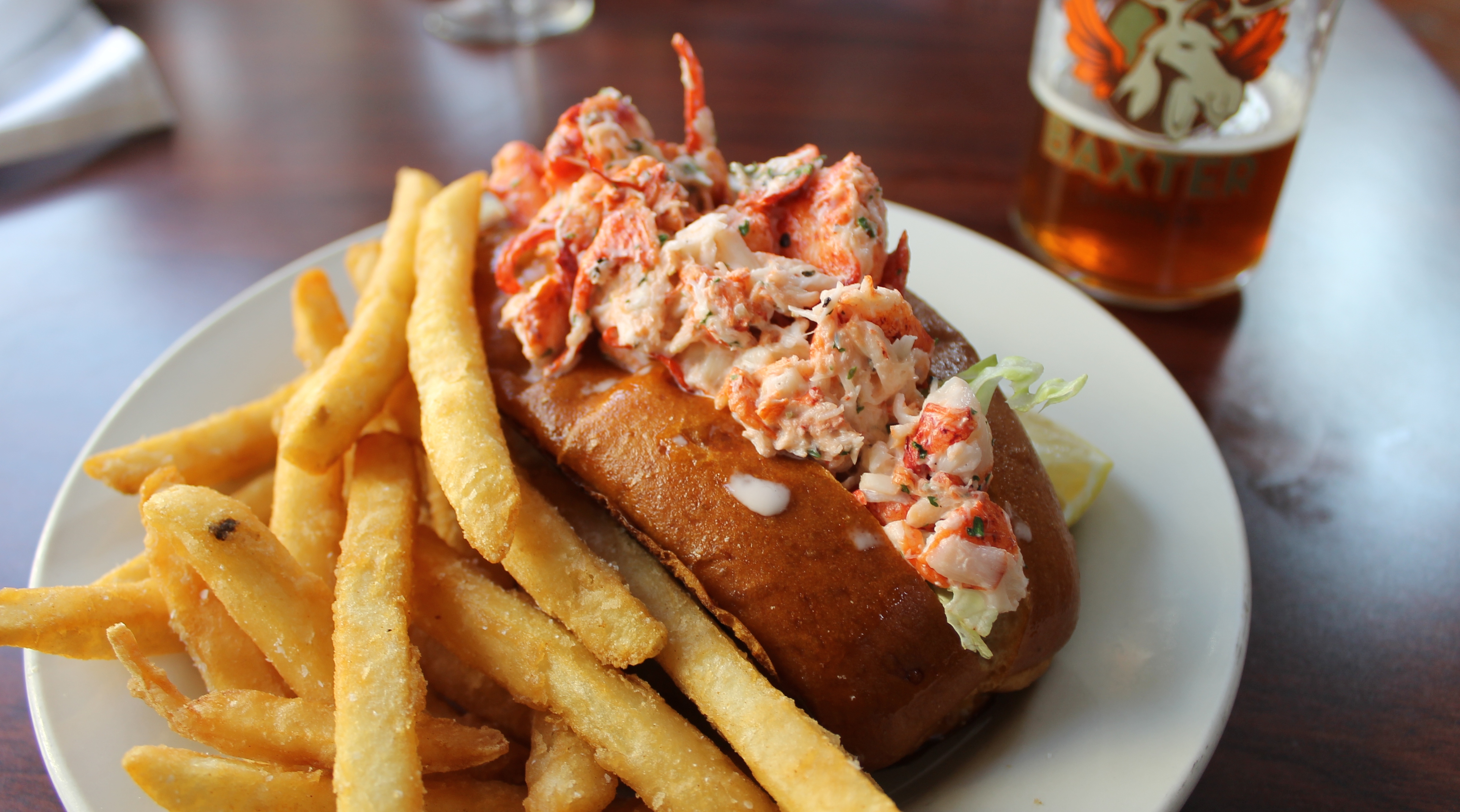We were enjoying the view, the sea breeze, and our lobster rolls when next to us sat a family of four, the parents and their two adolescent kids. I did not immediately pay attention, that is, until the son placed his order: home fries, Mac n’ Cheese, a king-size portion of fried chicken fingers with a double dose of ketchup and mayo, and a large Coke. He told his mom he wanted to leave room for the pecan pie. I glanced at him. He must have been 14 years old. He was a handsome kid, but he was massively overweight. The whole family ate and ate and ate.
Suddenly, I had a hard time enjoying my lobster roll. Coincidentally, my friend asked me about my next blog post. “I am writing about obesity,” I said. “Did you know that one in 10 people are obese? In the U.S. alone, one in three kids is obese or overweight. We have the highest rate of childhood obesity in the world. It is an urgent topic, and I feel compelled to add my two cents.”
My dining neighbors must have heard me, because the mom said to her kid: “Honey, you don’t have to eat everything. We can always take it home.” By the time they left, though, there was nothing to take home, not even pie crumbs.
According to the U.S. Centers for Disease Control and Prevention, there are 155 million overweight Americans. We have more affordable processed foods and junk food at our disposal than ever before, relentlessly promoted by aggressive marketing campaigns aimed at the average consumer; no wonder most experts agree that the food environment seems to be the main driver of obesity.
The problem is that excess body fat significantly increases the risk of chronic health conditions, including hypertension, Type-2 diabetes, cardiovascular disease, respiratory problems, even certain types of cancer. The U.S. weight-loss industry totaled more than $60 billion last year, and, the cost of medical care for weight-related illness is a staggering $190 billion or nearly 21% of annual medical spending in the United States. There seems to be no solution in sight to this pandemic.
If I had the opportunity to have a conversation with the obese adolescent who sat next to me at the Montauk diner, I would have suggested he eat more slowly and to savor every bite. I would ask what food meant to him. It would be important to know if he wanted to improve his health and why; then together we would look for ways to keep him motivated. Perhaps he would agree to small, incremental changes, like eating more fruit and vegetables. Would he be willing to try portion control? Slow and steady does it, I would tell him. And we would focus on his health goals, rather than the number in the scale.
And, we would walk as we talked, to get him to move, move, move.
Maybe I will go back to Montauk next weekend.

